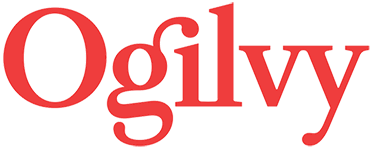PART OF OUR SERIES WITH L2 on 24 January, 2017 at 11:01
Free samples are one of the top purchase drivers, and close to half of beauty shoppers report that a free sample has led them to buy a product. Sales, coupons, and friends and family recommendations lag behind, with about 30 to 40% of respondents claiming they influenced them to buy.

Consumers spend more on cosmetic products after receiving samples. A study of Birchbox customers shows they spent 38% more at Birchbox and 6% more at Ulta after subscribing to Birchbox.

Surprisingly, brand.com sites are not using sampling to their advantage. Less than half of DTC brands employ sampling, and just 40% allow users to select types of samples they want to receive.

In the age of e-commerce, sampling programs can be more than a way to get users to try out products. Here are how some of the best brands use samples:

Drive customers to a store: BareMinerals offers free deluxe samples for members of its loyalty program, but only if they come into the store to collect. A Kiehl’s marketing email offers a free deluxe sample set redeemable online and in-store, but encourages in-store pickup by including a “find a store” button that leads consumers to the nearest retail location.

Maintain a sense of exclusivity: Sephora often rewards VIB & VIB Rouge members with mystery sample bags and gifts. Not does this create a sense of exclusivity for brands, it allows brands to target the valuable customers (i.e. big spenders) among all of those who shop at Sephora.
Generate sales: Traditionally, sample packs have been sold as gifts around the holiday season. But brands like Derek Lam, Tocca, Ole Henriksen, and Origins are selling samples with attractive packaging year-round.


